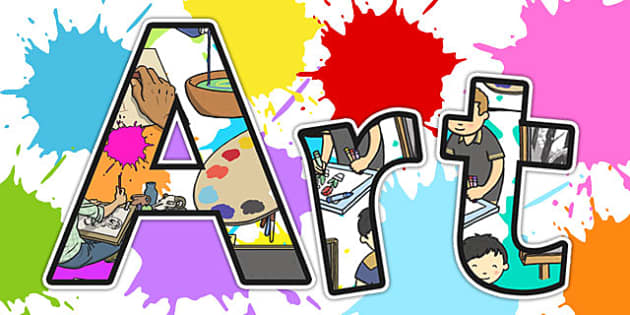Art / Design

INTENT
Creswell Junior School believes that art is a vital part of children’s education. It has a significant and valuable role in the taught curriculum. We aim to inspire pupils and develop their confidence to experiment and invent their own works of art. The children will be able to develop their own skills, critical abilities and understanding of art through studying artists across different cultures and history.
Children will progressively develop their understanding of the visual language of art, with a particular emphasis on a rich and diverse vocabulary. With effective teaching and considered sequences of lessons and experiences, children will speak articulately about the visual elements of art and design (line, tone, texture, colour, pattern, shape, 3D form) and increase in confidence.
IMPLEMENTATION
At Creswell Junior School, Art is taught on a half termly basis which alternates with Design and Technology, focussing on skills and knowledge stated in the National Curriculum. Our art and design topics are based on the planning from KAPOW. The skills and knowledge that the children will develop throughout each art topic are progressive throughout the school. As each child progresses through school, they are given the opportunity to learn the skills of drawing, painting and mixed media, sculpture and 3D and craft and design. The units of lessons are sequential and allow children to build on their skills and knowledge, applying them to a range of outcomes. Key skills are revisited again and again with increasing complexity. This allows pupils to revise and build on previous learning.
Each unit supports age appropriate learning and creativity and independent outcome is embedded within the art units. It supports students in learning how to make their own decisions, so that their outcomes are unique to each pupil. Differentiation if available for every lesson to ensure that lessons can be accessed and enjoyed by all pupils.
- Each of our pupils has their own sketch book, in which they can record their ideas, practice new techniques, and further refine their skills. These sketch books allow the children to study existing pieces of art, reflect on artwork from specific artists and create their own interpretation relating to that piece of artwork.
- At the beginning of each topic, a knowledge organiser is given to each child. These knowledge organisers allow the child to refer to key facts and vocabulary, key knowledge and techniques learned and recall of the skills process.
- Teachers follow a clear progression of skills which ensures all pupils are being challenged in line with their year group expectations. It also allows them to draw upon prior knowledge and skills they have learnt in previous years.
IMPACT
The impact of our Art and Design curriculum will lead to outstanding progress over time, relative to a child’s individual starting point and their progression of skills. Our Art and Design curriculum will lead pupils to become enthusiastic artists and learn a vast number of skills. By taking part in regular discussions and decision-making processes, children will not only know facts and key information about art, but they will be able to talk confidently about their own learning journey, have higher metacognitive skills and have a growing understanding of how to improve. Teachers will have high expectations and quality evidence will be presented in a variety of ways such as photographic evidence and sketchbooks. Achievements are demonstrated through classroom and corridor displays; this helps to reflect the children’s sense of pride in their artwork.
Children will be able to:
- Produce creative work, exploring and recording their ideas and experiences.
- Be proficient in drawing, painting, sculpture and other art, craft and design techniques.
- Evaluate and analyse creative works using subject-specific language.
- Know about great artists and the historical and cultural development of their art.
- Meet the end of key stage expectations outlined in the national curriculum for Art and design.

